Harbor Me, choreographed by Sidi Larbi Cherkaoui, opened the program. Jason Kittelberger and Nemo Oeghoede are listed as assistant choreographers for the piece, which intrigued me. It is something one rarely sees in a dance program, but I’ve always felt that it is a position that could be very important and useful—like a dramaturge. I’ll have to inquire as to the extent of the assistance for Harbor Me, but no author publishes without an editor’s careful eye. (Who is Raymond Carver without Gordon Lish?) Why are there no real “editor” positions in dance?
I’ve often been in rehearsals for new ballets and thought to myself, this section is almost great—if only this or that could be cut or reworked. I’m not at all saying I think I should be a ballet editor! Certainly, most dancers have strong opinions about the pieces they are in and discuss them at length in the dressing rooms. The poor choreographers—this is why paint is an easier (or at least a judgment-free) medium! But I bet that if many choreographers could find trusted consultants with whom they had a deep aesthetic connection it would make for better dances all around.
Choreographers, at least at City Ballet, tend to be paired arbitrarily with a ballet master who acts as a rehearsal assistant, whom they occasionally, casually, ask for input during the choreographic process. Ideally though, assistance should derive from a different person than the one assigned to write down the steps and counts, who may or may not be a kindred artistic spirit. I would think it involves a different skill set too. As usual, I digress, but maybe Cherkaoui is on to something.
Aaron Carr, Morgan Lugo, and Robbie Moore comprised the cast of Harbor Me, and they were excellent. The droopy, sighing score by Park Woojae Geomungo set the lackadaisical tone for the piece, and the men’s controlled ease belied how challenging their steps were. It was a work that quietly simmered, and the three men maintained a fluid intensity throughout. The work opened with a meditative, gyroscopic solo for Carr. He began by scooting across the floor on his rear in a shaft of light, his back arched and lifted off the ground. His whole solo was based upon this lower back extension, and he performed frequent difficult, revolving layouts in slow motion.
He was eventually joined by the other men, and the three draped themselves together with heads touching and floated their arms like seaweed. In this way the the ballet’s title resonated, as well as in the drab castaway apparel by Fabiana Piccioli. The lighting and set design (by Piccioli and Sander Loonen) was darkly side-lit. Stale, criss-crossing light filtering in from above set the scene for Moore’s solo, which looked like it took place in an airless cell. It was a beautiful effect and made the men resemble refugees too.
In the last section the men mimed as if they were holding invisible boxes. Between the score, which could pass for spa music, the intense air box-making, and the men’s casual, Chico’s-looking separates, the dancers could have been club kids trying to hold a mellow rave at Canyon Ranch. I mean that in the most complimentary way—it was my favorite ballet of the night! It was not a rousing piece, per se, but it had a lazy loveliness to it.
A well-paired diptych followed the first intermission: Martha Graham Duets and Helix by Justin Peck. The two works shared Janie Taylor as costume designer as well as three heterosexual couples in their casting. In fact, the casts were nearly identical, with Aaron Carr replacing Anthony Bryant in the second grouping. The Graham piece, to music by Cameron McCosh, consisted of three brief pas de deux. They were short, geometric, and simple. They reminded me of the opening themes of Balanchine’s The Four Temperaments. I particularly liked the frozen, low arabesque motif in the first pas. I also loved Janie’s black shorts (for the women) and unitards (for the men) with short peach tops draped over them. A subtle yellow accent line at the waist was a nice touch.
Janie clothed the Helix cast in soft gray unitards (men) and pants and a crop top (women) with blue socks that went up to the mid-calf line. It looked like streamlined loungewear. In all four ballets on the program the dancers’ costuming looked incredibly comfortable, everything appeared cozy and cottony and could pass for jammies. I was jealous. Helix, to a score by Esa-Pekka Salonen, was a solid offering from Peck. It began with the couples tightly paired, and then had the dancers break off into energetic canons. It sort of picked up where Martha Graham Duets left off, which made for good programming.
On the Other Side, by LADP’s founding director Benjamin Millepied, closed the program. A stunning, Crayola-bright backdrop by Mark Bradford played off of the large cast’s technicolor costumes—all pantsuits and two dresses—by Alessandro Sartori. Lucy Carter’s lighting morphed with every section of the work to match or contrast the dancers’ bold costumes. The music, which consisted of assorted Philip Glass excerpts—some from Einstein on the Beach—was almost too hypnotic at times. But a section in which Laura Bachman soloed in and out of a group of three women was a highlight of the night. Ben’s choreography tends to be aerobically exhausting, and I often find that it looks better and better as the dancers get increasingly winded—almost as if it takes fatigue to make a performer let down his or her guard and fully inhabit Ben's movement. This proved true of Ms. Bachman, and by the end of her marathon number she seemed incredibly stylish and free. I look forward to the company’s next visit.
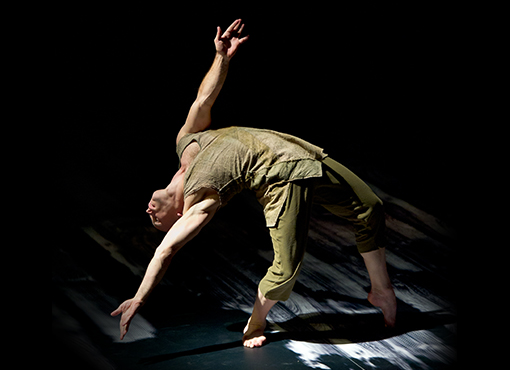
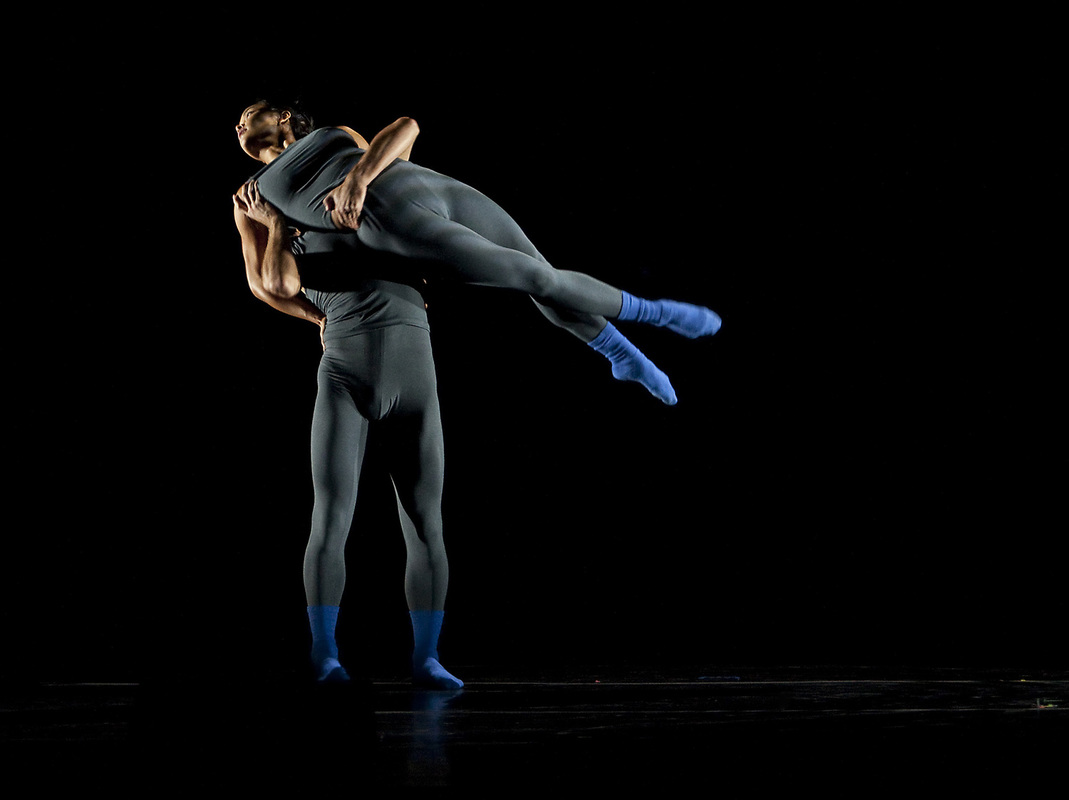
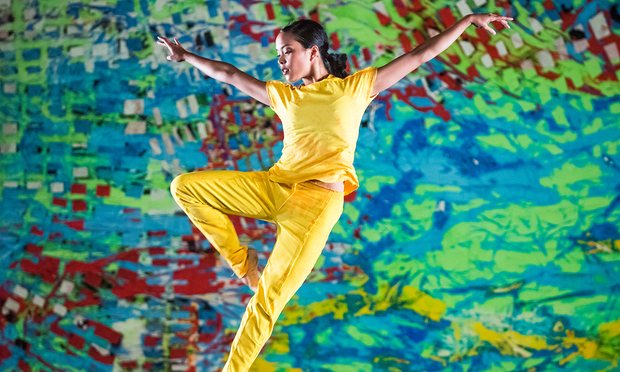
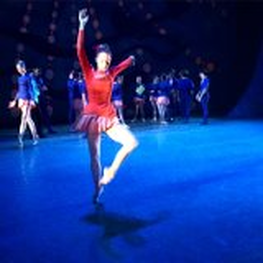
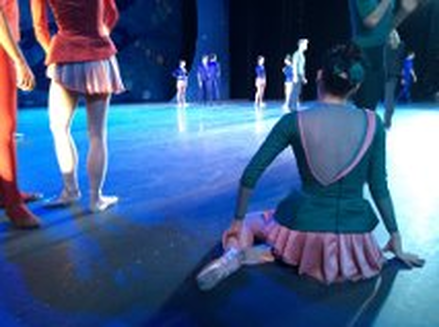
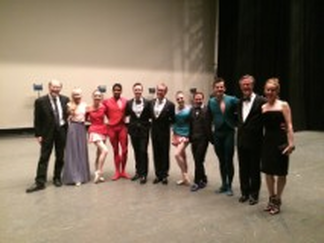
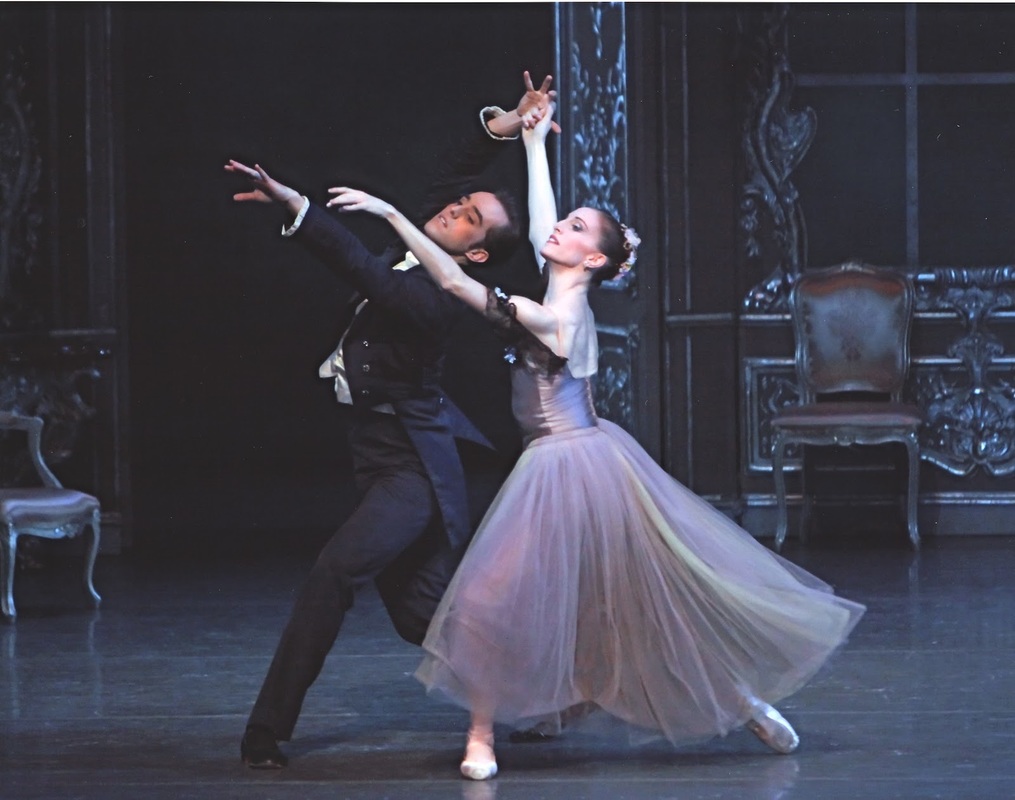
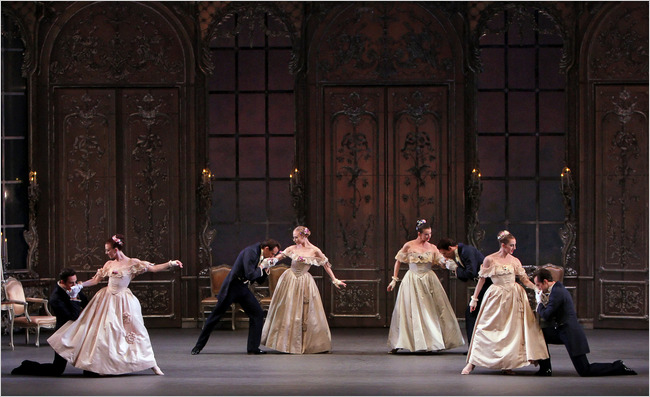
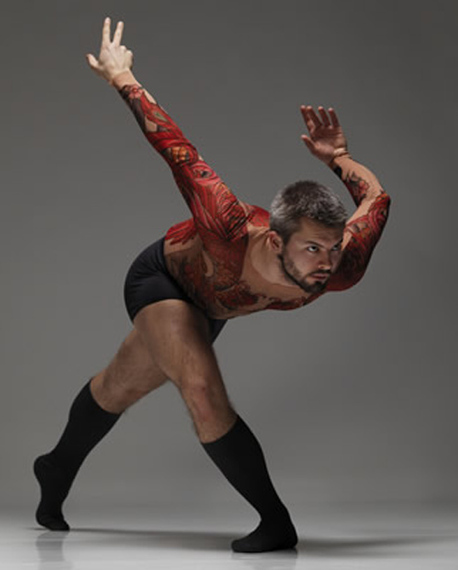
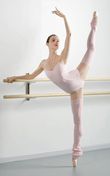
 RSS Feed
RSS Feed